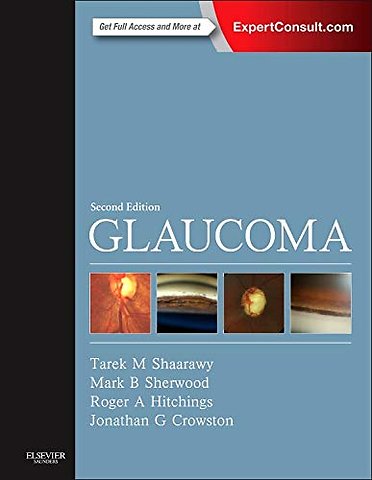Glaucoma
Samenvatting
As the irreversible effects of glaucoma can lead to blindness, there is high demand for early diagnosis and an ongoing need for practitioners to adopt new and evolving medical and surgical treatment options to improve patient outcomes. Glaucoma, Second Edition is the most comprehensive text and online resource in the field delivering expert guidance for the most timely and effective diagnosis and treatment of glaucoma – aimed at specialists, fellows and general ophthalmologists. More than 300 contributors from six continents provide a truly global perspective and explore new approaches in this user friendly reference which has been updated with enhanced images, more spotlights, new videos, and more.
"...this two-volume glaucoma textbook is of outstanding quality in any respect...It truly deserves wide distribution amongst general ophthalmologists and glaucoma experts alike." Reviewed by Graefes Arch Clin Exp Ophthalmol, Oct 2014
Get all the accuracy, expertise, and dependability you could ask for from leading specialists across six continents, for expert guidance and a fresh understanding of the subject.Develop a thorough, clinically relevant understanding of all aspects of adult and pediatric glaucoma in Volume One, and the latest diagnostic imaging techniques including ultrasound biomicroscopy and optical coherence tomography.Stay at the forefront of your field with 10 brand new chapters on trending topics including: new surgical approaches such as trabeculotomy and canaloplasty; glaucoma implications in cataract and ocular surface disease; and, updates in the cost-effectiveness of medical management.Avoid pitfalls and achieve the best outcomes thanks to more than 40 brand new spotlight commentaries from key leaders providing added insight, tips and pearls of wisdom across varying hot topics and advances in the field.Refine and improve your surgical skills by watching over 50 video clips depicting the latest techniques and procedures including: new trabeculectomy methods, needling, implants, valve complications, and more.Prevent and plan for complications in advance by examining over 1,600 illustrations, photos and graphics (1,250 in color) capturing essential diagnostics techniques, imaging methods and surgical approaches.Grasp each procedure and review key steps quickly with chapter summary boxes that provide at-a-glance quick comprehension of the key take away points.Broaden your surgical repertoire with the latest surgical techniques - such as trabeculectomy, gonio-surgery, combined surgeries, and implant procedures - in Volume Two.Glean all essential, up-to-date, need-to-know information about stem cell research, gene transfer, and implants.Find answers fast thanks to a well-organized, user-friendly full-color layout.eBook version included with purchase.

